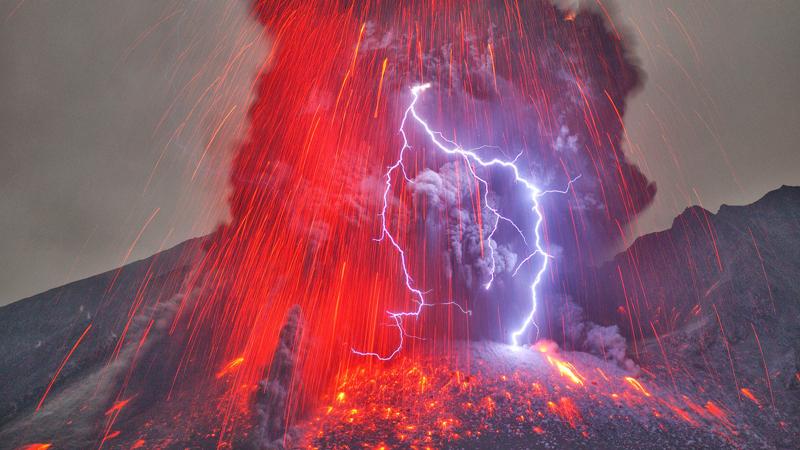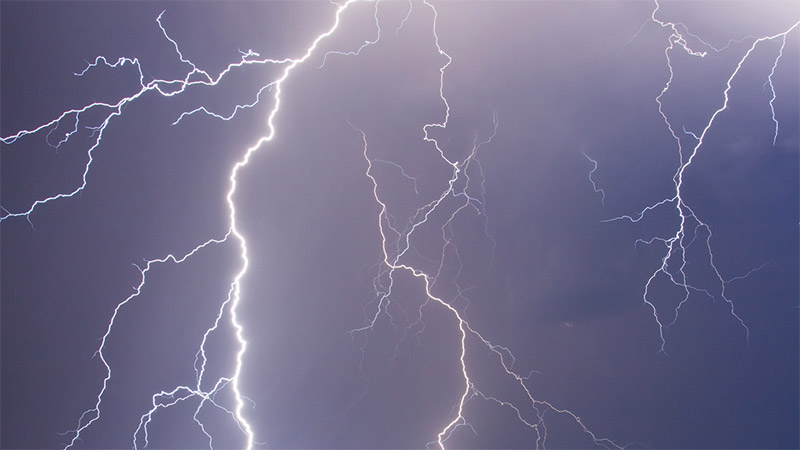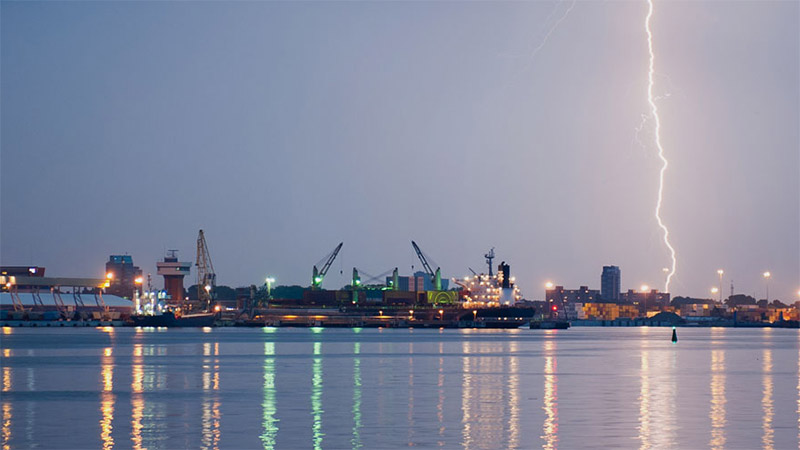When Ash and Rock Collide - Volcanic Lightning
The recent news about Fuego, the volcano that erupted in Guatemala, definitely caught our attention. Did you see the social media discussions about the volcanic lightning that was detected? It is only within the last decade that scientists have begun to learn more about this phenomenon.
What is volcanic lightning?
Volcanic lightning occurs during an explosive eruption, when ash and rock collide and produce static discharges. Lightning occurs wherever there are two regions with opposite charges between them. In a thunderstorm, lightning is defined as an electrical discharge between the atmosphere and the Earth or between different parts of the atmosphere (such as within a cloud, or from one cloud to another). The primary sources of thunderstorm lightning are separated charge centers within a cumulonimbus (thundercloud).
You can think of volcanic lightning as being more closely related to static shock, such as during dry conditions (getting shocked when touching a metal door handle, for example). The collisions occurring by the ash and rock within a volcanic eruption create static discharge, producing lightning activity and some pretty amazing images!
What do we know about volcanic lightning?
Most of the volcanic lightning that occurs happens during the initial eruption, during the first few hours of activity. As the ash plume spreads out, the lightning tapers off. Scientists have known about volcanic lightning for a long time, but until recently, there have not been many scientific studies related to the topic. The reason scientists have been able more closely study and understand volcanic lightning is due to the advancement of global lightning detection networks, such as the Vaisala Global Lightning Dataset GLD360.
The GLD360 global lightning detection network is able to capture both cloud and cloud-to-ground lightning discharges, anywhere in the world. Volcanic lightning detection provides another set of data for scientists to use in their observations. The lightning data is available in remote locations where active volcanoes are present, allowing scientists to analyze more information and better understand the volcanic process. Combining the lightning data with satellite data, for example, can provide insight about the location of the plume and the direction of travel.
Volcanic lightning at Fuego, Guatemala on June 3rd, 2018 detected by GLD360 global lightning detection network, and shown in Vaisala Thunderstorm Manager.
Does lightning happen during all volcanic eruptions?
Lightning does not always occur during a volcanic eruption. The Kilauea Volcano in Hawaii is actively releasing lava that creeps or moves at a much slower pace than Fuego, which has pyroclastic flow – a mix of ash, rock and volcanic gases that travels at hundreds of kilometers per hour. Volcanic lightning occurs during the explosive, pyroclastic flow eruptions, and is easily detected by a global lightning network.





Add new comment